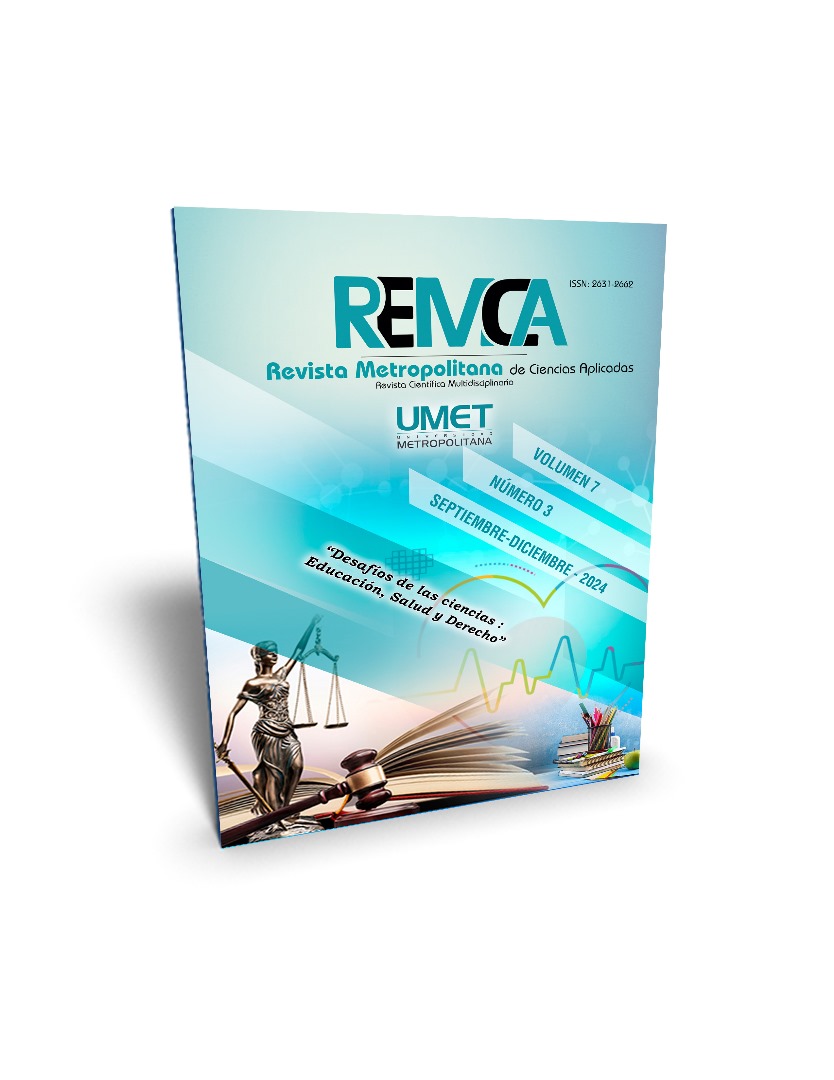The investigation process at the crime scene
DOI:
https://doi.org/10.62452/fvs07x02Keywords:
Expert witness, scene of the event, crime scene, criminal investigation, criminalisticsAbstract
The actions carried out at the scene of the event as a result of the possible commission of a criminal act constitute the most important criminal investigation procedures from which it is possible to obtain objective information for the possible attribution of the facts to a certain person or persons. Criminalistics science has been concerned with the theoretical development of the different specialties that make up the criminalistics technique and with the tactical and methodological actions necessary for investigators, experts, doctors and other participants in the examination of the crime scene to execute their process of obtaining the quality evidentiary material. The objective of this study is to describe the basic rules for investigation at the scene, with which the administration of justice in Ecuador will be able to achieve greater effectiveness in the fight against crime at the current stage. The methodology used in the research is nourished by analysis and synthesis, induction and deduction, abstraction and concretion, among other methods that have allowed us to contribute new knowledge to the theoretical development of the topic and propose as a way to improve the criminal investigation the development of a Manual for investigation at the crime scene which must be part of the professional training of investigators, experts, judges and prosecutors.
Downloads
References
Burgos, M, Á. (2014). La escena y el escenario del crimen. Revista Jurídica IUS Doctrina, 1(1). https://revistas.ucr.ac.cr/index.php/iusdoctrina/article/view/13541
Ecuador. Asamblea Nacional. (2014). Código Orgánico Integral Penal. Registro Oficial No. 180. https://oig.cepal.org/sites/default/files/2014_codigopenal_ecu.pdf
Ecuador. Consejo de la Judicatura. (2022). Reglamento del Sistema Pericial Integral de la Función Judicial. (https://www.funcionjudicial.gob.ec/www/pdf/resoluciones/2022/147-2022.pdf
Editorial Etecé. (2023). Concepto. https://concepto.de/suceso/
Fernández Romo, R. M., Peña Aguirre, J. A., & Huertas Díaz, O. (2020). La inspección del lugar del hecho y la valoración legal de la huella o evidencia. Logos Ciencia & Tecnología, 12(3), 115-127. https://www.scielo.org.co/scielo.php?script=sci_arttext&pid=S2422-42002020000300115
Fiscalía General del Ecuador. (2014). Manual de Cadena Custodia. Registro Oficial No.318: https://www.cienciasforenses.gob.ec/wp-content/uploads/downloads/2017/10/registro-oficial-318-MANUALES-PROTOCOLOS.pdf
Guaicha Quezada, R. A., & Torres Wilchez, M. U. (2022). La contaminación de la escena del crimen y su afectación en las investigaciones fiscales en delitos contra la vida. Caso concreto: Ciudad de Cuenca de la provincia del Azuay, año 2021. Pacha. Revista de Estudios Contemporáneos del Sur Global, 3(9), 1-16. https://revistapacha.religacion.com/index.php/about/article/view/135
Hernández de la Torre, R. (2002). La Ciencia Criminalística. https://www.studocu.com/co/document/universidad-pedagogica-y-tecnologica-de-colombia/derecho-penal-especial-ii/la-ciencia-criminalistica-by-hernandez-de-la-torre-z-lib/56938111
Nuñez de Arco, J. (2005). La Autopsia. GTZ. Cooperación técnica alamena. https://www.academia.edu/10766691/La_Autopsia
Real Academia Española. (2023). Diccionario de la lengua española. https://dle.rae.es
Sanler Castillo, M. (2006). Criminalística para abogados. https://www.criminalistica.mx/areas-forenses/criminalistica/1537-ensayo-autor-no-identificado
Downloads
Published
Issue
Section
License
Copyright (c) 2024 Emily Jamileth Hurtado-Romero, Karla Estefanía Rivera-Monserrate, Armando Rogelio Duran-Campo (Autor/a)

This work is licensed under a Creative Commons Attribution-NonCommercial-ShareAlike 4.0 International License.
Authors who publish in Revista Metropolitana de Ciencias Aplicadas (REMCA), agree to the following terms:
1. Copyright
Authors retain unrestricted copyright to their work. Authors grant the journal the right of first publication. To this end, they assign the journal non-exclusive exploitation rights (reproduction, distribution, public communication, and transformation). Authors may enter into additional agreements for the non-exclusive distribution of the version of the work published in the journal, provided that acknowledgment of its initial publication in this journal is given.
© The authors.
2. License
The articles are published in the journal under the Creative Commons Attribution-NonCommercial-ShareAlike 4.0 International License (CC BY-NC-SA 4.0). The terms can be found at: https://creativecommons.org/licenses/by-nc-sa/4.0/deed.en
This license allows:
- Sharing: Copying and redistributing the material in any medium or format.
- Adapting: Remixing, transforming, and building upon the material.
Under the following terms:
- Attribution: You must give appropriate credit, provide a link to the license, and indicate if any changes were made. You may do this in any reasonable manner, but not in any way that suggests the licensor endorses or sponsors your use.
- NonCommercial: You may not use the material for commercial purposes.
- ShareAlike: If you remix, transform, or build upon the material, you must distribute your creation under the same license as the original work.
There are no additional restrictions. You may not apply legal terms or technological measures that legally restrict others from doing anything the license permits.




